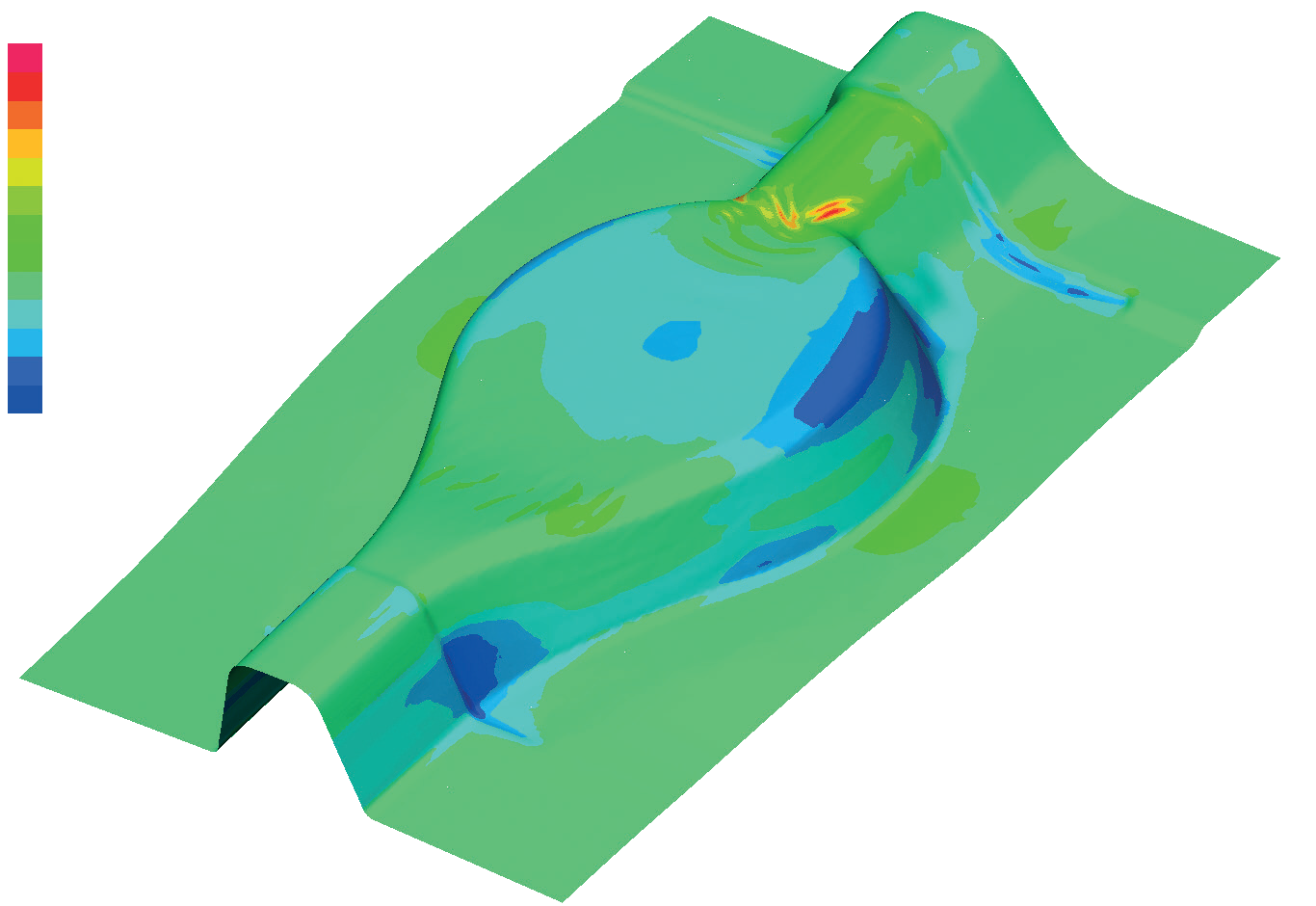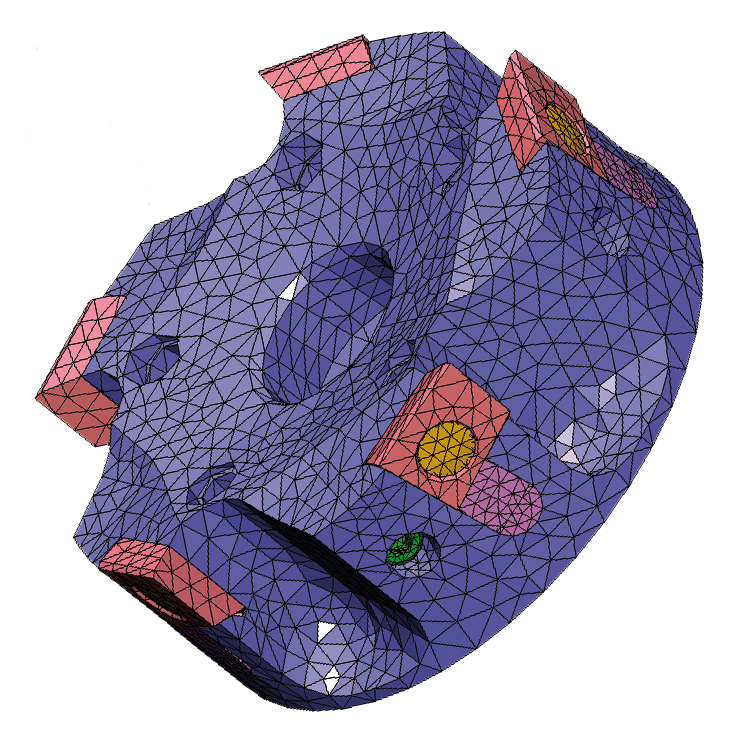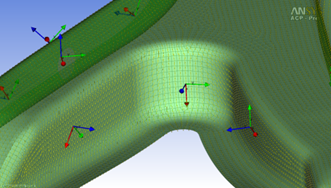Especially in the automotive industry and the aerospace industry simulation is an essential part of the development chain, serving as a tool for virtual product development. Simulation is more and more applied also for developing and optimizing shaping processes. In sheet metal forming finite-element programs (FEM) can predict the geometries and properties of components. In addition, these can also be optimized by specifically varying the process parameters and the tool shape.
Simulation
Forming

Fraunhofer IWU conducts detailed simulations of sheet metal forming with a large variety of physical phenomena. The latter include the influence of springback as well as thermal effects, high speed effects and material failure. The main objectives of sheet metal forming simulation consist in feasibility studies, robust tool and process design and the optimization of components and processes.
Cutting

Numerical simulation constitutes an essential prerequisite for further developing machining processes. Advanced developments of hardware and software allow for models with greater detail, including models of chip and burr formation, tool design, tool technologies and workpiece clamping technologies, coating-substrate systems and models regarding the influence of process forces and process temperatures on component behavior. A close connection between simulation and experiment ensures the required closeness to reality.
Fiber-plastic composites

Reliable numerical simulation becomes more and more important in economic design and manufacturing of lightweight structures, particularly when dealing with composites. Fraunhofer IWU covers the complete process chain, starting with structural computation of components and the associated ideal fiber orientation up to close-to-reality process simulation and implementation of crash calculations.
 Fraunhofer Institute for Machine Tools and Forming Technology
Fraunhofer Institute for Machine Tools and Forming Technology